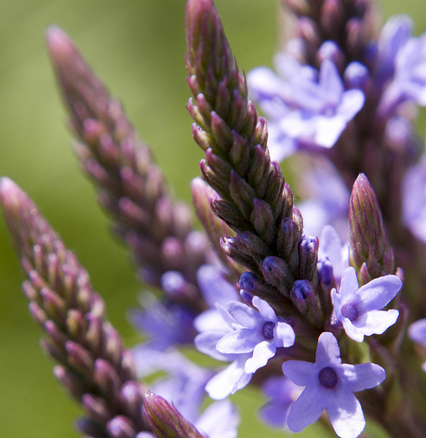Tweedia
blissful love, hearts that believe in each other
Also Browse By: blissful love, hearts that believe in each other
Verbena
Vervain
Also Browse By: enchantment, faithfulness, fertility, marriage, pray for me, sensibility, sensitiveness

Verbena, Vervain
Common or European vervain, also known as enchanter’s plant, herb-of-the-cross, herb of grace, holy herb, ma bian cao, pigeon’s grass, pigeon weed, simpler’s joy, or verbena. This is a deeply historic herb known to cure many ailments such as headaches, insomnia, depression, anxiety, kidney stones, gout, jaundice and more. The name “vervain” comes from the Celtic term “ferfaen; “fer” meaning “to drive away” and “faen” meaning “a stone”. There are many, many other beliefs and rituals surrounding this astounding herb, dating back to Roman times.
Also Browse By: good fortune




